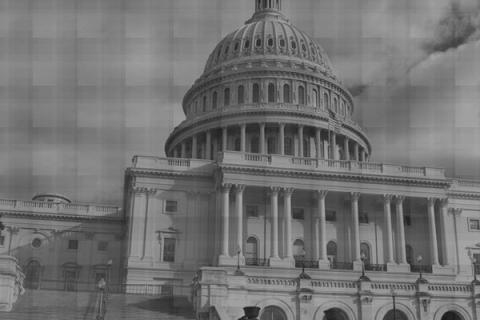
In the Land of Lincoln, Democrats control the governor, lieutenant governor, and both chambers of the General Assembly.
After the 2010 midterm elections, Democrats strengthened their hold on political power in Illinois by keeping control of the governorship and maintaining their majorities in the General Assembly. As is becoming more the trend in the United States, victorious state political parties are drawing congressional maps that favor the majority party.
In 2012, in the first statewide elections after the US Census and redistricting of the state, only about 20 of 118 state House seats and 13 to 16 state Senate seats were competitive.
As posted recently on IVN, Debbie Sharnak reported how Texas State Senator Wendy Davis is making an effort to curb redistricting abuse in the Lone Star State.
In Illinois, an umbrella group called CHANGEIllinois is attempting to alter this trend through an amendment to the state constitution.
The ultimate goal is to remove the redistricting process from politicians in Springfield and transfer it to a "non-partisan, independent 11-member commission."
According to the Chicago Tribune, "any Illinois citizen . . . could apply to serve on the commission." A separate, nonpartisan review board would then have authority to eliminate from contention anyone, such as a lobbyist, who might have a conflict of interest. Finally, there will be a pool of 100 candidates. From there:
"The top four legislative leaders could each strike up to five of those candidates. Seven members - two Democrats, two Republicans and three with no political affiliation - would be selected by lottery from the remaining pool. Legislative leaders would then each appoint one additional member."
If successful, the change would not take effect for a decade. The maps drawn after the 2010 election and US Census will remain in place.
CHANGEIllinois CEO Ryan Blitstein recently said:
"It would not affect elections or redistricting until 2021 . . . but as we've seen in other states, initiatives like this send an immediate signal down to the state capital that the people mean business. . . . In addition, the moment this law passes there will be planning done by state government and public interest groups to start thinking about what this will look like, how to interpret the amendment to the Constitution."
The group has until May 2014 to gain the required 298,000 signatures to get the provision onto the November 2014 ballot. According to the Yes for Independent Maps, a group also working for this change, more than 70 percent of Illinois voters favor some sort of independent redistricting process.
In a state where political corruption and dysfunction have led to arrests and credit downgrading, an Illinois redistricting reform effort could be an idea whose time has come.
